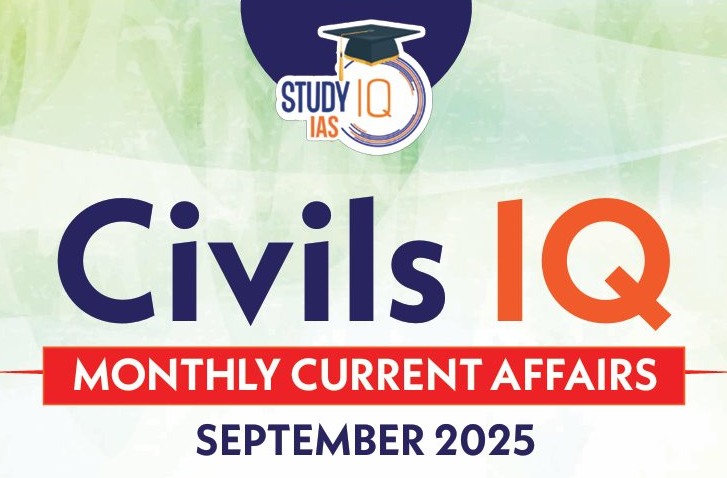Table of Contents
Context: India is increasingly taking a central role in shaping the Global South in the 21st century, particularly through initiatives such as the Voice of the Global South Summits and its G20 presidency.
About Global South
- It refers to developing and underdeveloped nations, primarily located in Africa, Asia, Latin America, and the Caribbean.
- These countries share common historical, economic, and geopolitical characteristics, often linked to colonial history, economic dependency, and developmental challenges.
Difference Between Global North and Global South
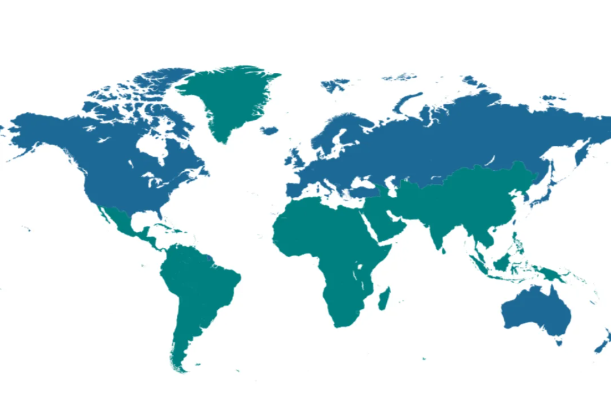
| Aspect | Global North (Developed) | Global South (Developing/Underdeveloped) |
| Economy | Advanced, industrialized | Developing, agrarian, and industrializing |
| Living Standards | High HDI, low poverty | Low HDI, high poverty rates |
| Technology | Innovation hubs, high R&D spending | Low technology adoption, dependency on imports |
| Governance | Stable democracies and strong institutions | Political instability, weaker institutions |
| Global Power | Dominates world economy & institutions | Limited influence in global decision-making |
India’s Positioning As A Link Between Global North And Global South
India is positioning itself as the leader and representative of the Global South by:
- Advocating for Global South concerns at North-dominated forums (G20, UN, WTO).
- Eg., India successfully pushed for the inclusion of the African Union as a permanent member of G20, ensuring better representation of the Global South in global decision-making.
- Maintaining economic ties with both blocs through diversified trade and FTAs.
- India signed a Comprehensive Economic Partnership Agreement (CEPA) with UAE (2022), a key Global South economy, while simultaneously negotiating an FTA with the European Union, ensuring balanced trade relations with both blocs.
- Sharing technology and development expertise with both developed and developing nations.
- Eg., India exported UPI (Unified Payments Interface) technology to France (Global North) and Sri Lanka & Mauritius (Global South), demonstrating its role as a tech provider for both.
- Balancing strategic alliances (Quad, BRICS, NAM) without alienating any side.
- Eg., While being part of the Quad (aligned with the US, Japan, and Australia), India maintained strong ties with Russia (BRICS partner) by continuing oil imports while advocating for peaceful dialogue, showcasing its balanced diplomacy.
Challenges For India
- Diverse Interests: The Global South is a diverse region with varying economic, political, and social interests, making it difficult to align into a unified stance
- China’s Dominance: India faces stiff competition from China’s Belt and Road Initiative (BRI) in Africa and Asia. Many developing nations have deeper economic ties with China.
- Diplomatic Balancing Act: Balancing strategic partnerships with powers such as the USA and Russia while representing the Global South can be diplomatically challenging.
- Lack of Dedicated Institutions for Global Development: Unlike China’s AIIB (Asian Infrastructure Investment Bank) or Western-led World Bank, India lacks a global development financing institution.
- Short-term vs. Long-term Engagement: India’s initiatives like the Indian Technical and Economic Cooperation (ITEC) focus on short-term training, but long-term partnerships for institutional capacity-building are lacking.
Steps India Must Take
- Equitable Development Cooperation: India needs to reinforce its call for an alternate paradigm of development cooperation that is not solely top-down.
- India should be open to learning from other Global South countries to address its domestic challenges.
- Human Resource Capacity Building: India needs to focus on building human resources and capacity, especially to tackle future sustainability challenges.
- Focus on Key Areas: India should concentrate on digital infrastructure, climate and energy solutions, as well as water and food security.
- Establishing Robust Systems: India should establish norms, standards, and systems to work with partner countries and create its own robust domestic systems for international cooperation.
- Promoting Inclusive Global Governance: India should facilitate changes in established international institutions and build domestic capacity.

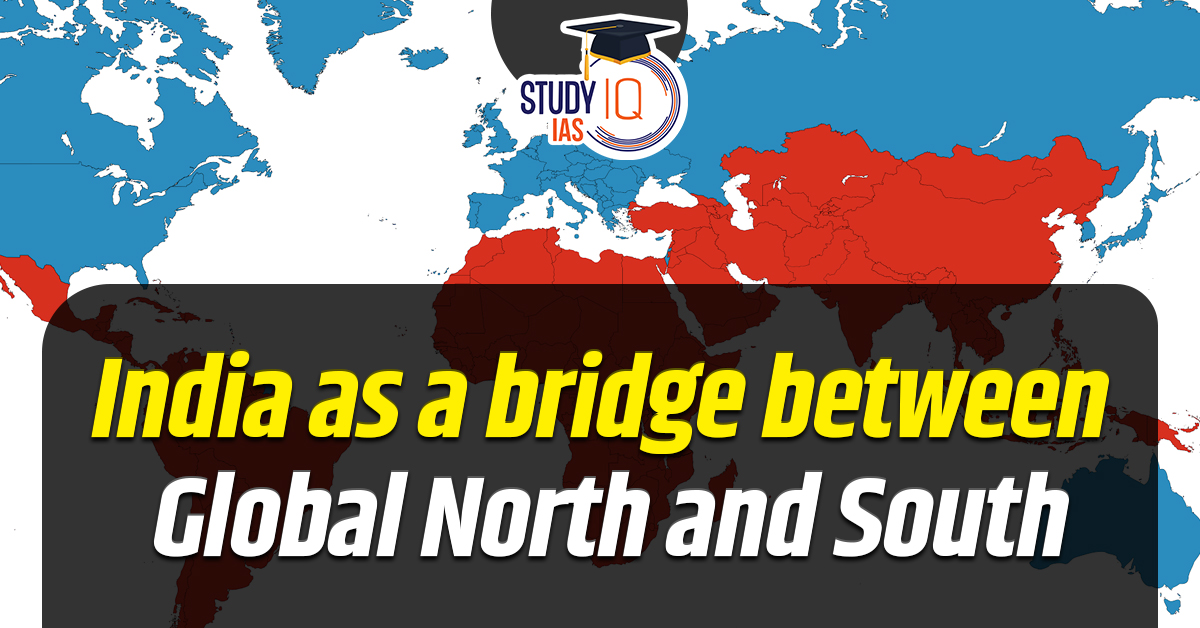
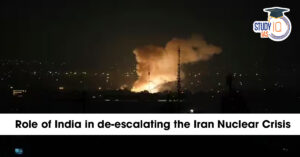 Iran Nuclear Crisis and India’s Role f...
Iran Nuclear Crisis and India’s Role f...
 H1B Visa Program, Beneficiaries, Eligibi...
H1B Visa Program, Beneficiaries, Eligibi...
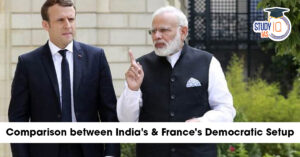 Comparison Between India & France's ...
Comparison Between India & France's ...
